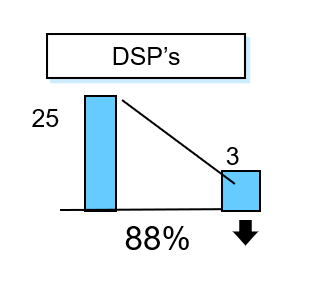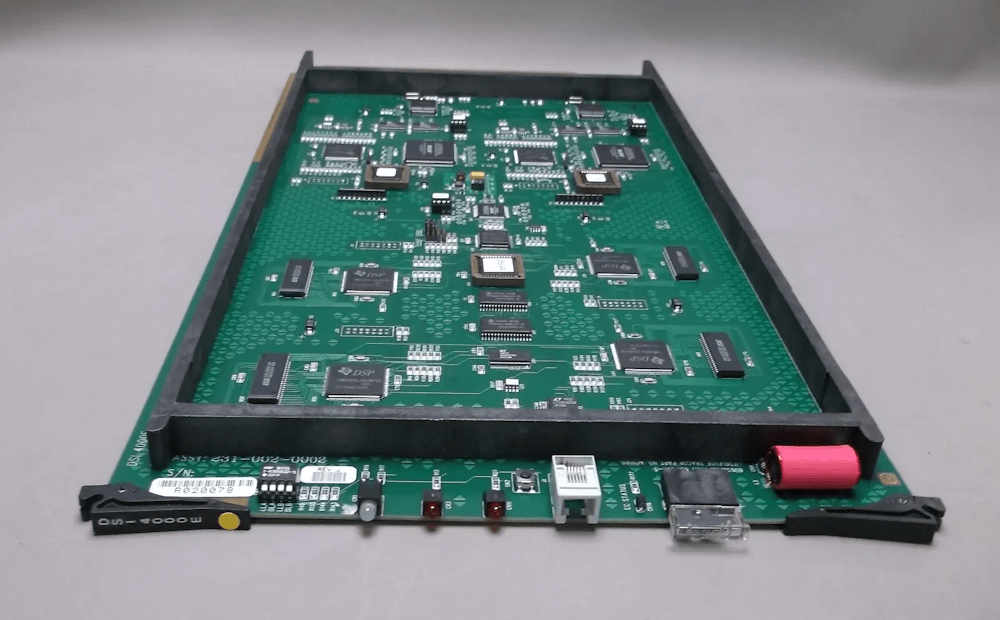Canceling Echoes With the Digital Trunk Interface
Eliminating DSPs for cost reduction
Telecom signaling requires echo cancellation (such as through a digital trunk interface) and acoustic coupling control even on digital circuits. The traditional, analog Plain Old Telephone (POT) circuits deliberately left a small amount of feedback from the microphone to the ear. This helps people control their volume and because we are used to hearing ourselves speak.
But in digital circuits, this effect does not happen – and at the far end, the feedback (or echo) will be amplified and delayed. This feedback must be mostly eliminated, especially on satellite circuits which can have a significant delay of several seconds to send data.
The solution is echo cancelling through a digital trunk interface (DTLM). It is essentially a mathematical challenge to take the values from one end of the signal and pull it down by subtracting it. This can be done with algorithms, but that takes a lot of CPU time, which leaves the computer with little time to do anything else.

MTSI reviewed the specifications for echo cancelling, and MTSI engineers realize there was a length of time for the echo to be cancelled, and developed a long-tail echo cancellation – others cancelled an echo in a half-second but we discovered the closer use of DSPs would eliminate it.
MTSI followed up with an algorithm that was capable of handling a T-1 line with only three DSPs instead of the 25 it used to take for an 88 percent reduction.
The PCB board design was tested with the algorithm, and it went into production.
The benefits included less cabling and floor space, reduced power consumption, higher quality and reliability, and significantly lower cost.

Robert Beckhusen
Robert Beckhusen is a case studies and content marketing editor for Micro Technology Services.
